Fabulous Frigatebirds and Their Offspring: A Close Family Relationship
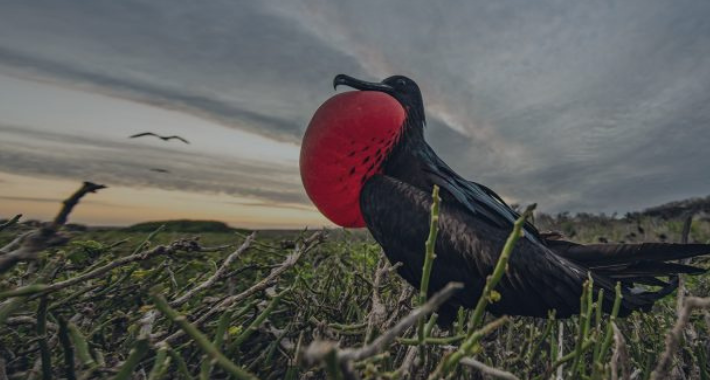
Often observed soaring in the soft wind, observing the landscape beneath them, the enormous and magnificent frigatebirds of the Galapagos Islands are known for their passive dominance over the sky. Despite their enormous wings and jet-black hue, which sometimes give them a frightening appearance, these gentle giants are the most loving parents to their young. Seeing these enormous birds on the ground with their little babies is truly a unique sight to see in the Galapagos, considering how frequently they soar through the skies.
Embraced into the Family: Frigatebird Chicks on the Galapagos Islands
Approximately fifty-five days will pass throughout the incubation phase. As frigatebird chicks are born without feathers to protect them from the cold, they spend around two weeks being raised by their parents, by which time their white down will have grown in. They are fed often during the day, but as they become older, their feeding schedule will reduce to once every two days.
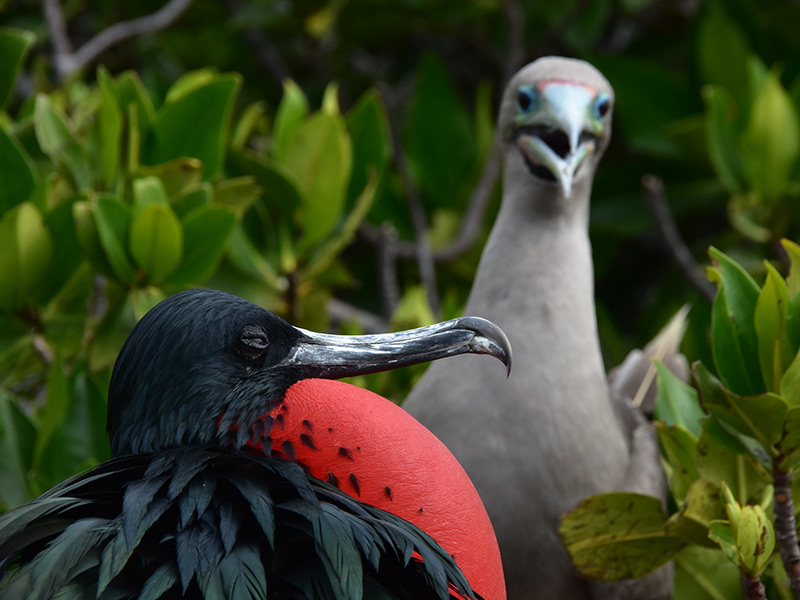
The chick takes around fifty days to hatch
When visiting the Galapagos, get up close and personal with the frigatebirds and their young!
They play as well! In most of their games, many chicks chase one chick with a stick. The chaser(s) hastily drop the stick and attempt to grab it before it hits the water. If it hits the water, it’s game over. They supposedly practice their fishing abilities with this kind of play.
The primary food source for great frigatebirds, which are included in our BIG15 list of iconic species in the Galapagos, is flying fish. They are even more infamous for using seabird chicks as food, frequently visiting breeding colonies to identify the weaker members of the population. Due to their extreme dislike of water, all prey is typically captured and taken in midair by these birds.
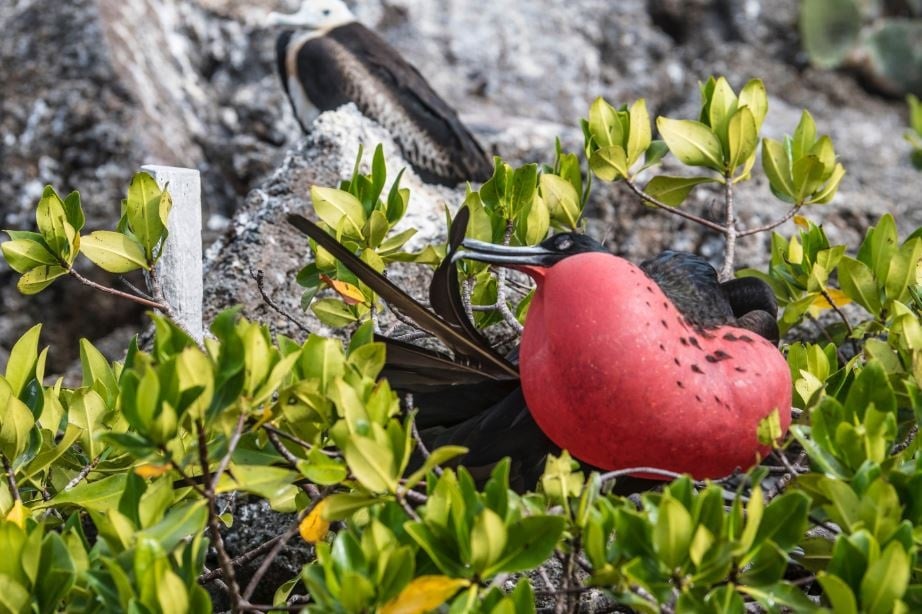
The magnificent frigatebird is the biggest species of frigatebird
Collaboration Is Essential
Because mating and rearing offspring in the Galapagos requires a year-round commitment, frigatebirds are often seasonally monogamous. Their preferred nesting sites are shrubs or high trees, and they may establish colonies with hundreds or even thousands of closely spaced pairs.
In some cases, nest-building takes a few days to many weeks to complete and is a joint activity between the two partners. The material that males gather for the nest usually comprises of surrounding vines and twigs.
For the duration of the mating season, only one egg is deposited; however, should the egg rupture, the relationship between the father and mother may be severed. If this happens, females usually choose a new partner and try to deposit another egg in the same year. Every three to six days, if the egg survives, its parents will alternately incubate it.
RELATED STORIES
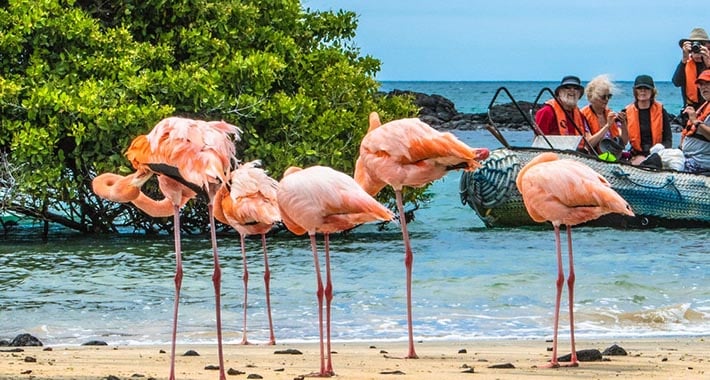
What are the best birds to see in the Galapagos?
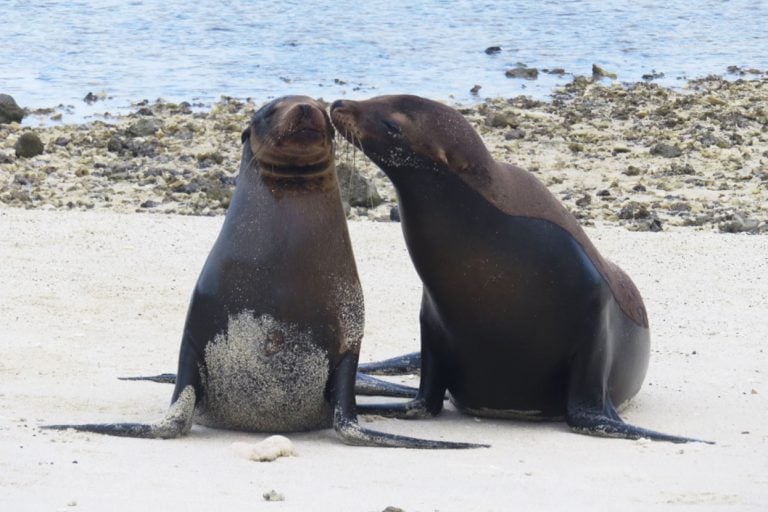
Six Stunning Ways Galapagos Island Animal Mothers Nurture Their Young

Guy Fawkes on the Galapagos Islands: Never forget the November “Finch”…

A Unique 6-Day Insular Inspiration Session with Charles Darwin on Santiago Island!
